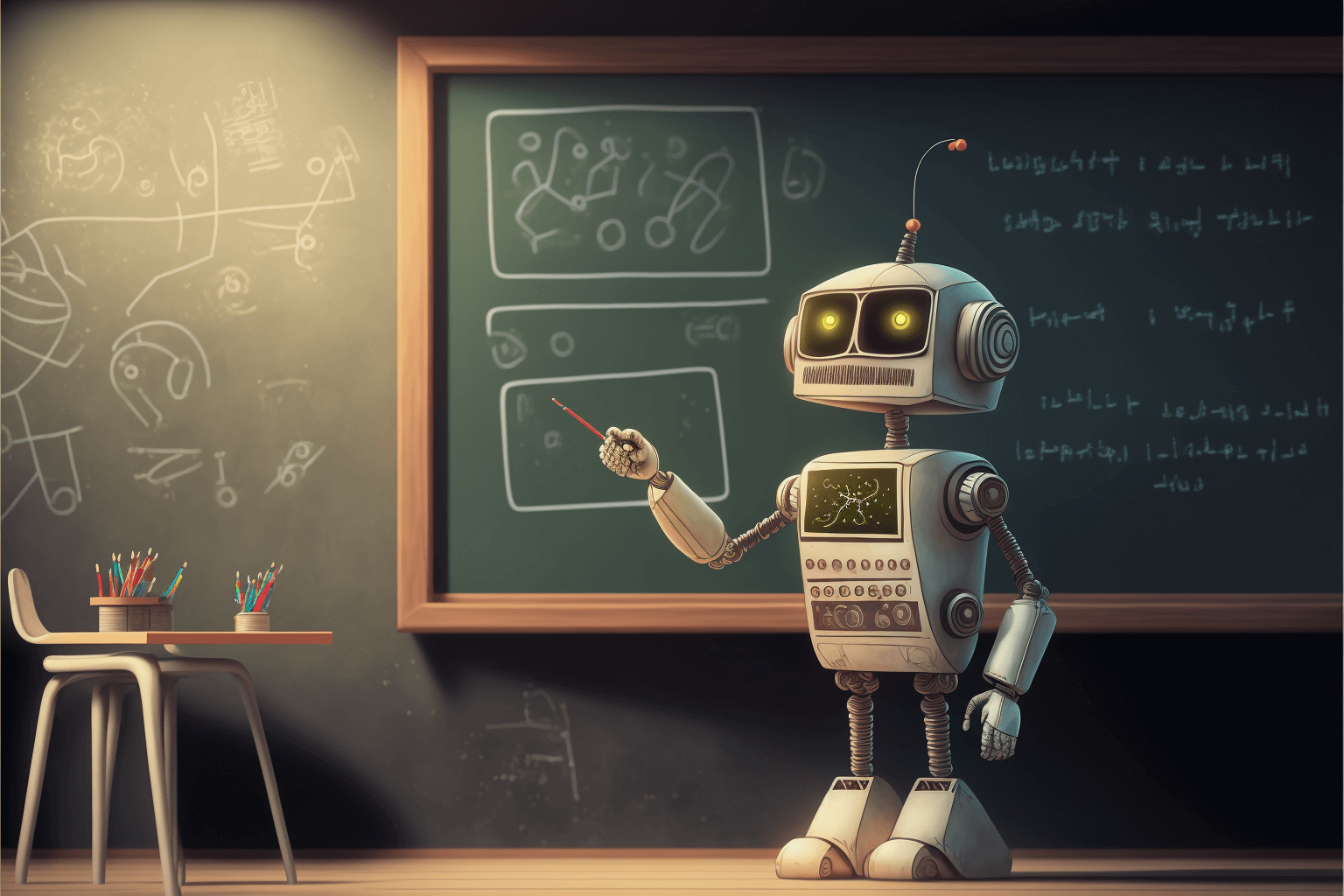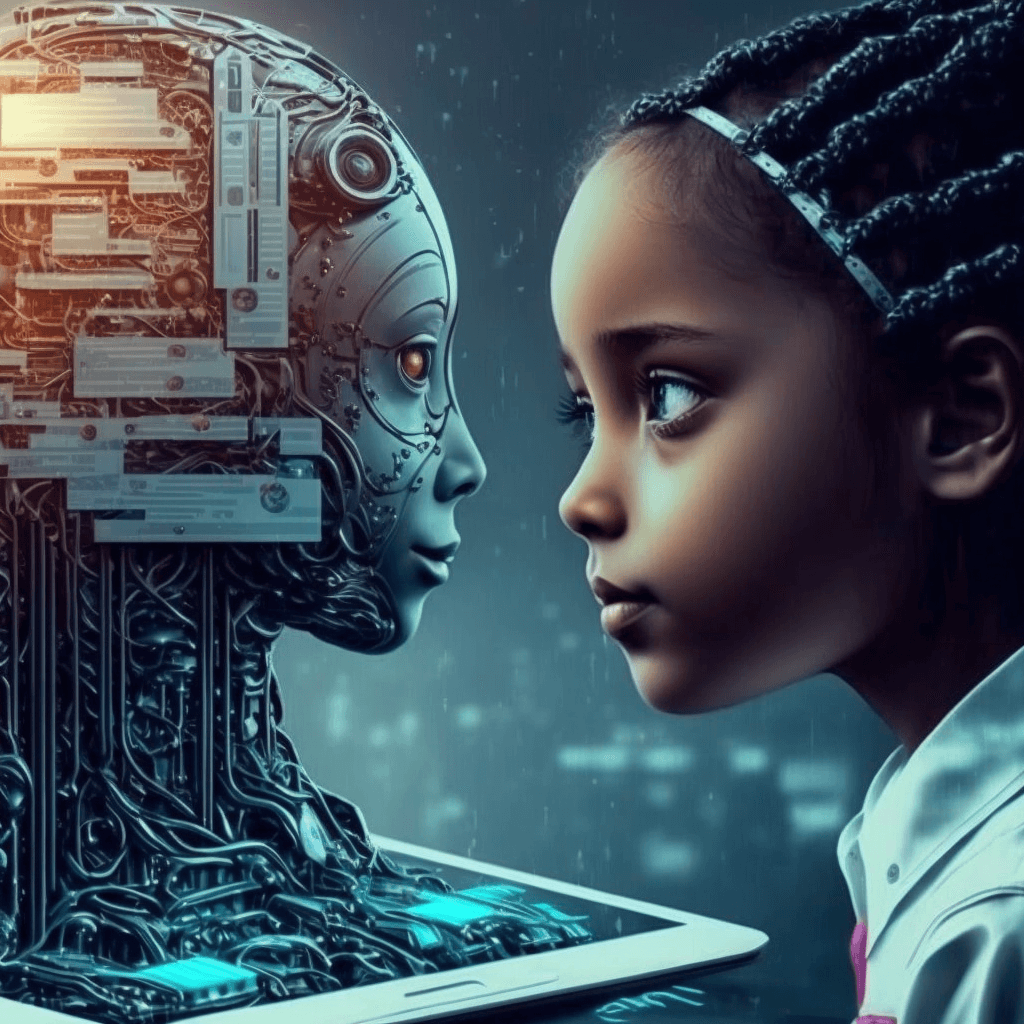Humanism
New Study Confirms: The Deadly Impact of Status Stress on Your Heart
02 November 2025

We stand on the threshold of a new era. Artificial intelligence has become a commonplace for countless Internet users. In just two months after its launch, ChatGPT reached 100 million active users. TikTok needed about nine months to achieve that, while for Instagram it was 2.5 years. Kevin Kelly, a futurologist and founder of the magazine Wired, predicts that the spread of artificial intelligence will be such a leap that we will quickly forget what it was like before.
It’s time to discuss the scale of potential changes. Especially since these depend mainly on our mentality. Especially since technological changes have been happening so fast in recent years that we have not kept up with adapting to them, arriving at a point where it will be impossible to embrace them… without the use of artificial intelligence.
Late 2022 to early 2023 caused a bit of excitement and an expanding area of concern in the community of educational-solution providers. The ChatGPT platform, released in November 2022, became a hit, not only among artificial-intelligence specialists, but also among students, who immediately began testing its capabilities to ease the hardships of everyday schooling. It’s not surprising, since one tool prepared by a US research lab specializing in artificial intelligence, OpenAI, has just passed legal exams in four courses at the University of Minnesota. Admittedly, the university professors gave its work a C+, but nevertheless a passing grade is a passing grade: it brings peace of mind and freedom from having to cram information nobody needs. As a result, the initial reaction of many schools turned out to be routine and fairly obvious. Examples include public schools in New York City, Los Angeles, and Seattle, where students and teachers were immediately banned from using ChatGPT. For how long, though, will this suffice? Especially since, in recognizing the irreversibility of the evolution of digital solutions, Microsoft has decided to make a $10 billion investment in OpenAI, intending to expand the use of AI in its products, both within the Microsoft 365 product family and the Edge search engine.

For centuries, school education has focused on the acquisition of knowledge and its reproduction. Meanwhile, research shows that, on average, the volume of shared human knowledge increases by 100 percent every 13 months, and according to IBM Research, it will soon double in size every 12 hours. A significant reason for this change includes the growing involvement of AI precisely in cognitive and decision-making processes. What this means is that its expansion to even more areas is inevitable, simply because without its help it will grow increasingly difficult not to be buried in the avalanche of new solutions and information. An offer to use artificial intelligence in ongoing syntheses of information has been prepared by companies including the international research group Iris.ai, proposing, for instance:
An ideal tool for writing an essay, or even a simple note about what was discussed in class.
Read also:
For years, standard education has focused only on the three levels of Benjamin Bloom’s taxonomy of goals: knowledge, understanding, and application. This primarily boils down to memorizing and then understanding the meaning and utility of concepts stipulated in the core curriculum, followed by using them in various situations, but usually in a school setting. Meanwhile, Bloom established three further levels in his classification: analysis, evaluation, and creation. What they entail is processing, making choices, as well as seeking and proposing new solutions. AI has already mastered most of them, which means that it uses a set of competencies far broader than those currently used in teaching. This not only makes it possible to acquire and reproduce subject knowledge, but also to juxtapose it with extracurricular challenges such as climate change, migration, and competition in the global-supply market. It broadens the learning perspective by including the Council of Europe’s recommended set of capabilities covering the competences of information comprehension and production, multilingualism, mathematics (along with science, technology, and engineering), digital, personal, social, and learning skills, civil rights, entrepreneurship, and cultural awareness and expression.
The most popular tools like ChatGPT are able do everything that education demands from today’s students, which was proven to a professor at Furman University in Greenville, South Carolina. He found out that the paper he was reviewing actually wasn’t the work of his student, but rather the product of AI. It’s the exact situation we faced back in the day when students realized that, instead of doing their homework properly, it was much simpler to paste its title into the browser of their choice and then copy any results they managed to find, either directly or with slight modifications in the compiled content. The only solution seems to be imposing appropriate prohibitions and penalties. Or perhaps a better example is trying to apply emerging opportunities in new ways. A case in point is Prof. David Chrisinger of the Harris School of Public Policy at the University of Chicago, who prepared an assignment for his students that required them to generate a 600-word essay using ChatGPT and then come up with the most insightful questions about its content. This gave them an opportunity to expand on the received information through answers provided by the AI tool. And to make things even better, Chrisinger asked his students to draft another text, this time written for a specific audience, taking into account their perceptual and developmental abilities.

In its own way, artificial intelligence, like a magnifying glass, a scale, a laser, or an abacus, facilitates and expands the scope of what is possible and enhances the development of those who choose to use it in a creative way.
Artificial intelligence, available to all students, would be capable of working with each of them individually, taking full advantage of their potential, by personalizing instructions, providing them individual feedback, and even formulating commands adjusted to the individual set of abilities and level of achievement a particular student is at. Years ago, these solutions were used in what was called machine learning. However, they required a great deal of time to prepare the relevant materials. Today, it’s done by AI, and in real time, both in relation to the development of the student as well as the knowledge and other opportunities offered by Internet resources.
Such solutions make it possible to protect students from the phenomenon of what’s termed “ghettoization,” where those who have access to better, more effective forms of learning progress faster and up to a higher level of relevance. Conversely, with artificial intelligence, each student will be able to achieve exactly what their intellectual potential and motivation level allows. Learning will thus become more democratic. Moreover, a full awareness of each student’s individual capabilities will enable them to make better decisions about their personal development and even their choice of profession or life-defining solutions. This is one consequence of being given the permission to make many attempts and mistakes safely. These are one effect of joint learning between individuals and a computer program. Instead of delegating involvement and decision-making to a machine, AI allows learners to make their own choices and decisions that are increasingly responsible or accurate. At the same time, AI learns the correct solutions and responds more appropriately to the changing context of events.
Teachers often complain about necessary yet terribly boring and repetitive tasks such as grading tests and assignments. AI can save them from this. To a certain extent, many teachers are already using this type of solution in using apps to test students’ knowledge. What’s more, by automating this area of testing, the teacher will be able to check not only what the students know or can do, but will also be able to identify areas of effectiveness in their teaching methods and, with the help of AI, they will be able to modify proposed tasks in an effective manner so that these are comprehensible and manageable for students. This action extends and enhances the educational possibilities of feedback. That which teachers give to their students, but also that which they themselves can obtain by observing the objective results of their work. This knowledge also provides key insights into one’s own resources and areas of need that require replenishment or development.
You may also be interested in:


Science
01 November 2025

Zmień tryb na ciemny